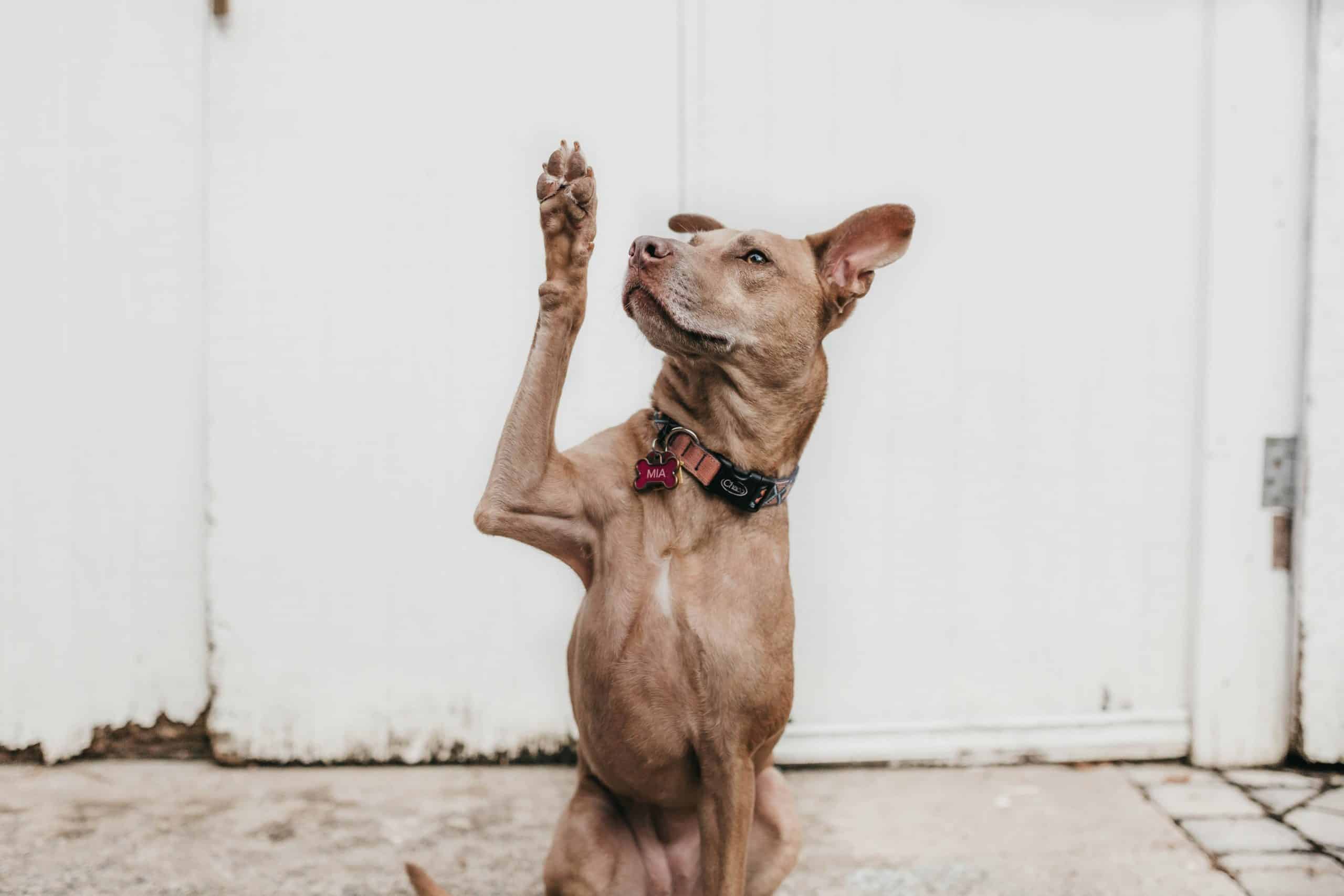Training your dog for agility competitions

Dog agility is a competitive sport that challenges a handler’s ability to train and direct their dog over and through certain obstacles. In agility trials, a dog and handler work as a team with the aim of completing a course of obstacles in the fastest time, with the fewest errors. In this article, you will learn about dog agility, the training required, and how to get started with your pet.
Understanding Dog Agility
Before starting your training sessions, it’s crucial to understand what the sport of dog agility is all about. Dog agility started in 1978 as a sideline event at the Crufts Dog Show in the United Kingdom. Since then, this fast-paced, fun activity has become immensely popular around the world, with numerous organizations, including the American Kennel Club (AKC), sanctioning competitions.
Also to read : The importance of socialization for kittens
Dog agility is not just about speed, but also accuracy. The handler must guide their dog through a variety of obstacles such as jumps, tunnels, weave poles, and more. Every competition has a unique course, which introduces an element of unpredictability and tests the adaptability of both the dog and the handler.
Different breeds of dogs may have different strengths in agility competitions. Generally, breeds that are quick, agile, and love to learn do well in these competitions. However, all breeds and mixes can participate and enjoy this sport.
Topic to read : The world of miniature pets: mice, dwarf hamsters, and more
Starting Agility Training
Before you start training your dog for agility, there are a few things to consider. Your dog should be well-behaved, able to follow basic obedience commands, and in good health. Agility requires a lot of physical exertion, so it’s important to get your vet’s approval first.
To start agility training, you should first introduce your dog to the various obstacles in an agility course. This can be done at home, in a yard, or in a park. Most of the equipment used in agility can be purchased or even handmade, however, it is essential to ensure it is safe and suitable for your pet.
When introducing your dog to each obstacle, use a positive, encouraging tone and reward your dog when they successfully navigate an obstacle. This will help them associate the obstacle with positive experiences and increase their enthusiasm for the process.
Enrolling in an Agility Class
An agility class or club is a great place to learn the ropes of agility training. In these classes, experienced trainers will guide you and your pet through the processes, teaching the both of you the correct techniques to navigate each obstacle. These classes also provide an excellent opportunity for socializing your pet.
In these classes, the training usually starts with basic obedience skills before moving onto agility techniques. The trainers will gradually introduce your dog to the agility equipment and will demonstrate how to complete each obstacle in the correct manner.
You can find agility classes by checking with your local AKC club, or by searching online. Remember, the goal is to have fun and bond with your pet, so choose a club or class that fits your needs and comfort level.
Preparing for a Trial
Once your dog is comfortable with the agility equipment and can successfully complete a course, you may consider entering an agility trial. These events are held by various organizations, including the AKC, and offer a chance for you and your pet to showcase your skills in a competitive environment.
Before entering a trial, you should familiarize yourself with the rules and regulations of the competition. Each organization may have slightly different rules, so be sure to thoroughly research and understand the requirements.
At the trial, your dog will be evaluated by judges who will score based on speed and accuracy. Mistakes, such as knocking down a bar in a jump or missing a contact zone, will result in faults or time penalties.
Conclusion
Training your dog for agility competitions can be a rewarding and fun-filled endeavor. Not only does it provide an avenue for exercise and mental stimulation for your pet, but it also strengthens the bond between you and your dog. Whether you decide to compete or just play in your backyard, the joy and excitement that agility brings are incomparable. So, go ahead and step into the exciting world of dog agility!
Making Progress in Agility Training
Training your dog for agility competitions is a gradual process. You should not expect your dog to master the obstacles overnight. It’s normal for your pup to make mistakes in the beginning. The key is to remain patient and persistent. Remember, each time your dog practices an obstacle, they are developing a better understanding of how to navigate it.
In addition to practicing the agility course, you should also focus on your pup’s strength and endurance. Agility trials require not only mental sharpness but a high level of physical fitness as well. Regular exercises, such as running or fetching, will help boost your pet’s stamina and agility.
Another aspect of agility training is responding to commands from a distance. Since you will not be running alongside your dog during the competition, your dog must be trained to follow your commands from afar. Teaching your dog to respond to visual signals, such as hand gestures, can be very beneficial for agility trials.
Remember, the goal of agility training is not just to win competitions. The main purpose of dog agility is to strengthen the bond between you and your pet and to have fun. Keep your dog motivated by making the training sessions enjoyable, and always end a session on a positive note.
The Rewards of Agility Competitions
Dog agility competitions offer a plethora of benefits for you and your dog. Besides the thrill of the competition and the chance to win awards, agility trials give your pet an opportunity to showcase their skills, meet other dogs, and burn off energy.
For you, agility competitions offer a great way to engage with other dog enthusiasts and learn from them. It’s a chance to see different breeds in action, learn new training techniques, and make new friends.
Moreover, participating in agility trials can boost your dog’s confidence. Successfully navigating the agility course can give your dog a sense of achievement, which can contribute to their overall happiness and well-being.
Lastly, remember that while winning is great, the most important part of agility competitions is to have fun. Throughout the training and the competition, always ensure that your dog is enjoying the process.
Conclusion
In conclusion, training your dog for agility competitions is a remarkable journey filled with fun, learning, and bonding. It’s a great way to provide mental and physical stimulation for your pet, while also developing your dog’s obedience and agility. Whether you are doing it for fun or to participate in agility trials, the experience is sure to be rewarding and enjoyable for both you and your dog. So, what are you waiting for? Start your training and embark on the thrilling adventure of dog agility today!
